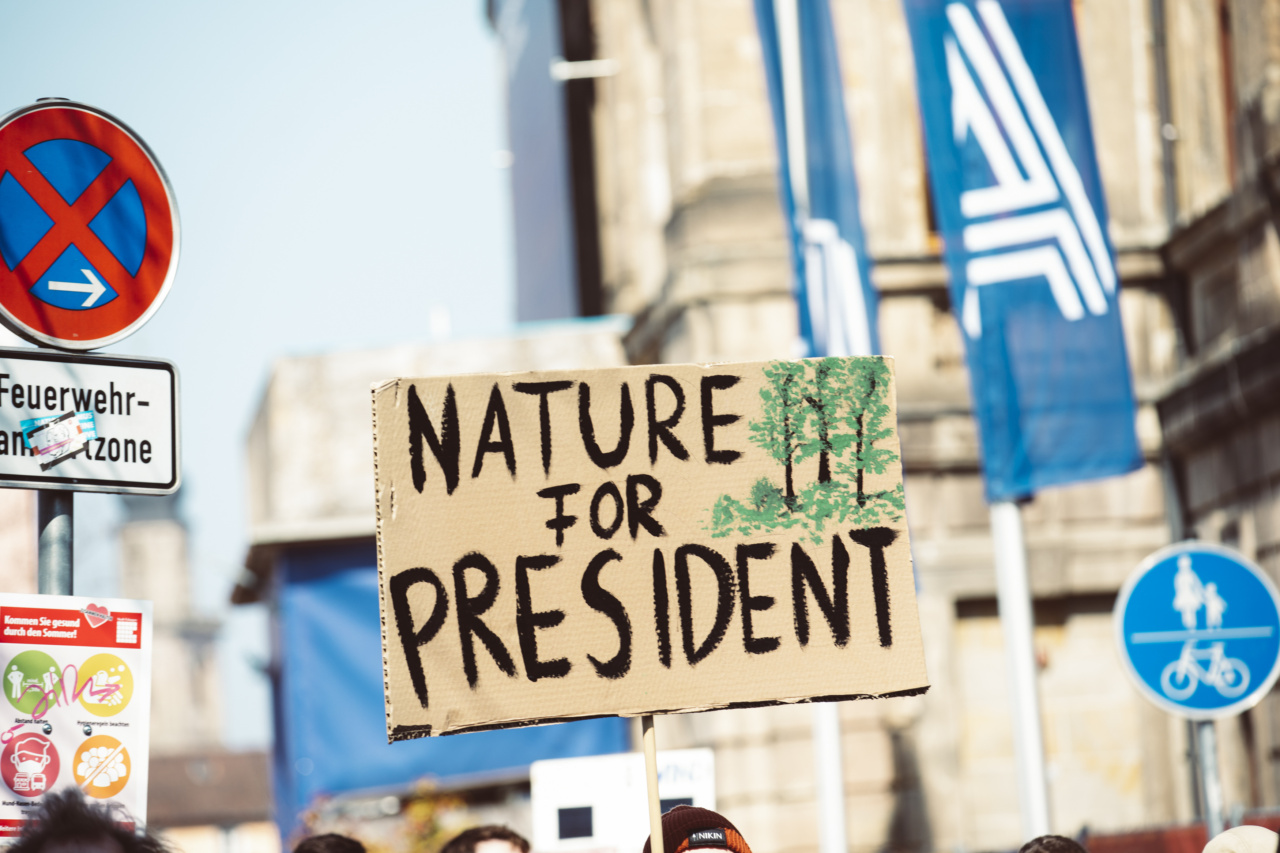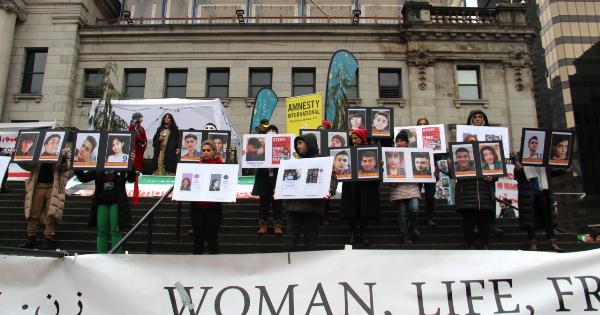The Child’s Coincidence Bill, a significant parliamentary drama, sparked heated debates and left a lasting impact on politics in our nation.
This bill, with its controversial provisions, triggered a chain of events that reshaped the political landscape. In this article, we will delve into the details of the bill, the key players involved, the controversies surrounding it, and its lasting implications.
The Origin of the Child’s Coincidence Bill
The Child’s Coincidence Bill was introduced in Parliament by Member of Parliament, John Smith, in response to a series of unfortunate events involving vulnerable children in our society.
These events propelled the need for more comprehensive legislation to safeguard the rights and well-being of children.
Smith’s bill aimed to address several issues plaguing the system, including child neglect, abuse, and exploitation.
It sought to establish stricter guidelines for child protection agencies, improve the coordination between different governmental bodies, and enhance the support available for at-risk children and their families.
The Key Provisions of the Bill
The Child’s Coincidence Bill encompassed a range of provisions that sought to strengthen child welfare and protection. Some of the key provisions included:.
- Establishing a centralized database for tracking vulnerable children and their cases.
- Implementing stricter regulations for foster care agencies and ensuring regular inspections.
- Introducing mandatory reporting of suspected child abuse by professionals working closely with children, such as teachers and healthcare providers.
- Creating specialized training programs for child protection workers to enhance their skills and knowledge.
- Increasing funding for support services for children and families in need.
The Political Divide
The introduction of the Child’s Coincidence Bill ignited a fierce political divide within Parliament. Supporters of the bill argued that it was an urgent and necessary step towards safeguarding the most vulnerable members of our society.
They emphasized the importance of a united effort to protect children from further harm.
On the other hand, opponents of the bill raised concerns about the potential infringement on personal liberties and the increased involvement of the government in family matters.
They argued that the bill granted excessive power to child protection agencies and could potentially undermine the authority of parents in decision-making processes.
The Drama Unfolds
The parliamentary debate surrounding the Child’s Coincidence Bill soon escalated into a full-blown drama, captivating the nation and dominating headlines.
Both sides presented passionate arguments, backed by personal anecdotes, statistical data, and expert testimonies.
During this period, several influential figures emerged as key players in the drama. Prominent MPs, such as Jane Thompson and David Johnson, led the charge in supporting the bill, while conservative voices like Robert Williams fiercely opposed it.
The drama reached its peak when an anonymous whistleblower leaked classified documents that alleged misconduct within the child protection agencies.
These revelations further fueled the controversy surrounding the bill, with supporters citing the urgent need for stricter regulations and critics warning against hasty decision-making based on leaked information.
The Public’s Reaction and Media Coverage
The public’s reaction to the Child’s Coincidence Bill was divided, mirroring the political polarization within Parliament.
Those who had personally witnessed the shortcomings of the current system voiced their support for the bill, urging politicians to prioritize the well-being of children above all else.
Simultaneously, various advocacy groups and organizations, such as Save Our Children and Child Rights Now, organized protests and campaigns in support of the bill.
They utilized social media platforms, organized rallies, and engaged with the media to amplify their message and generate public awareness.
Media coverage of the parliamentary drama was extensive, with news outlets dedicating significant airtime and column space to dissecting the bill’s impact on politics.
Television debates, radio discussions, and opinion pieces further heightened the public’s interest and involvement in the matter.
The Aftermath and the Lasting Impact
After weeks of intense debate and parliamentary drama, the Child’s Coincidence Bill was ultimately passed, albeit with numerous amendments and compromises.
The final version of the bill reflected a delicate balance between protecting children’s rights and addressing the concerns of those fearing government overreach.
The passage of the bill marked a significant turning point in the nation’s approach to child protection and welfare.
It triggered a series of reforms within child protection agencies, leading to increased accountability, better coordination, and improved support services for at-risk children and their families.
Beyond the immediate changes, the Child’s Coincidence Bill had a profound impact on politics. It served as a wake-up call, highlighting the need for greater collaboration and bipartisanship in addressing critical societal issues.
The drama surrounding the bill also propelled a broader national conversation about the delicate balance between personal liberties and the responsibility of the state.
Conclusion
The Child’s Coincidence Bill was a parliamentary drama that left an indelible mark on politics in our nation. Through its provisions, intense debates, and the subsequent reforms, the bill reshaped the approach to child protection and welfare.
It challenged the political landscape, tested the limits of personal liberties, and ultimately paved the way for a more comprehensive and unified effort to safeguard the rights of vulnerable children in our society.






























